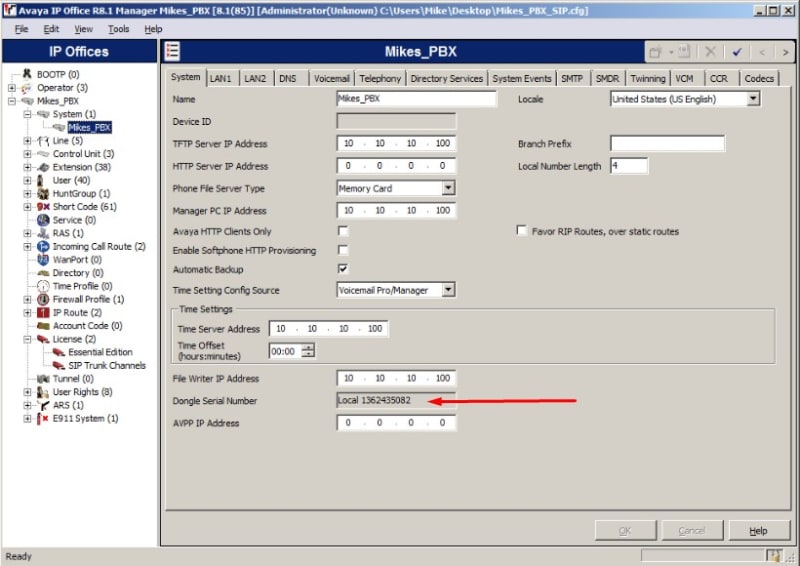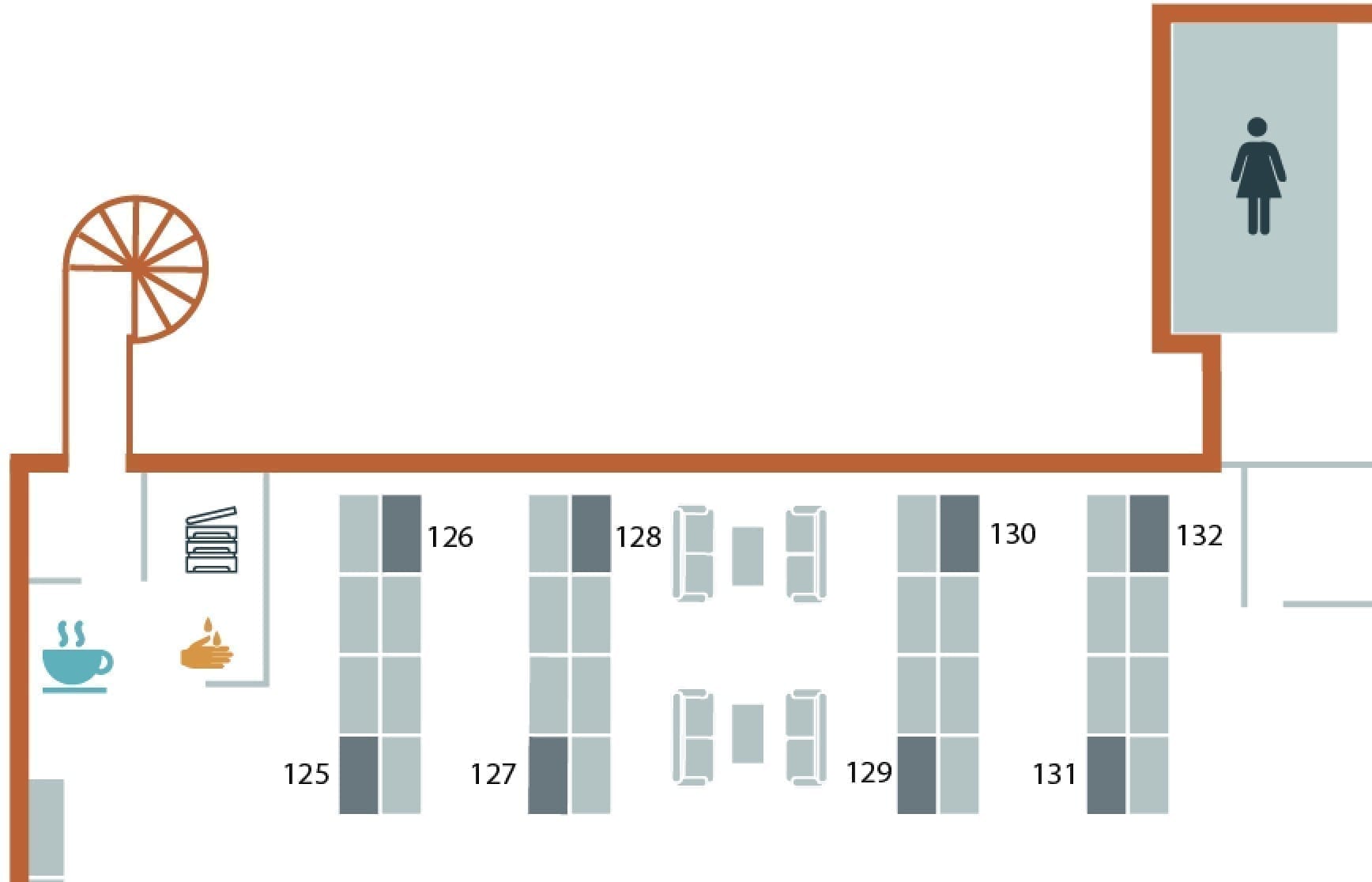
The Course must involve two or more campus schools/academic units to qualify for interdisciplinary numbering.Ģ. Departments in the Dentistry, Law, Pharmacy, & Medicine academic careers should contact the University Registrar for the next valid number when establishing these courses. ** Interdisciplinary numbers are assigned in sequence.
OFFICE NUMBERING SYSTEM REGISTRATION
400-499 – Numbers reserved for special categories of registration.300-399 – Seminar and Research courses for graduate students.200-299 – Courses for graduate students only.100-199 – Courses for advanced undergraduates and graduate students.050-099 – Courses primarily for third and fourth year undergraduates.001-049 – Courses primarily for first and second year undergraduates.

For all courses in the Dentistry, Law, Pharmacy, and Medicine academic careers, and for courses in the Undergraduate and Graduate academic careers prior to Fall 2006, the numbers assigned to courses are normally categorized as follows: The numbering schemes may vary by academic unit and may change over time. General ProvisionsĪll courses authorized for degree credit must be numbered according to guidelines established by the University. Note − 19FDE 16 is normally written as 19FDE.This memorandum is intended to clarify the standard course numbering system and to point out some variations and limitations. Example 16 x where x represents the last position - 1 Last position in a hexadecimal number represents a x power of the base (16). B = 11, C = 12, D = 13, E = 14, F = 15Įach position in a hexadecimal number represents a 0 power of the base (16). Letters represent the numbers starting from 10. Hexadecimal Number SystemĬharacteristics of hexadecimal number system are as follows − Note − 12570 8 is normally written as 12570. Example 8 x where x represents the last position - 1 Last position in an octal number represents a x power of the base (8).

Octal Number SystemĬharacteristics of the octal number system are as follows −Įach position in an octal number represents a 0 power of the base (8). Note − 10101 2 is normally written as 10101. Example 2 x where x represents the last position - 1. Last position in a binary number represents a x power of the base (2). Digits used: 0 to 9, Letters used : A- FĬharacteristics of the binary number system are as follows −Įach position in a binary number represents a 0 power of the base (2). (1 x 10 3)+ (2 x 10 2)+ (3 x 10 1)+ (4 x l0 0)Īs a computer programmer or an IT professional, you should understand the following number systems which are frequently used in computers. For example, the decimal number 1234 consists of the digit 4 in the units position, 3 in the tens position, 2 in the hundreds position, and 1 in the thousands position. In decimal number system, the successive positions to the left of the decimal point represent units, tens, hundreds, thousands, and so on.Įach position represents a specific power of the base (10). Decimal number system has base 10 as it uses 10 digits from 0 to 9. The number system that we use in our day-to-day life is the decimal number system.

The base of the number system (where the base is defined as the total number of digits available in the number system) The value of each digit in a number can be determined using − A computer can understand the positional number system where there are only a few symbols called digits and these symbols represent different values depending on the position they occupy in the number. When we type some letters or words, the computer translates them in numbers as computers can understand only numbers.


 0 kommentar(er)
0 kommentar(er)
